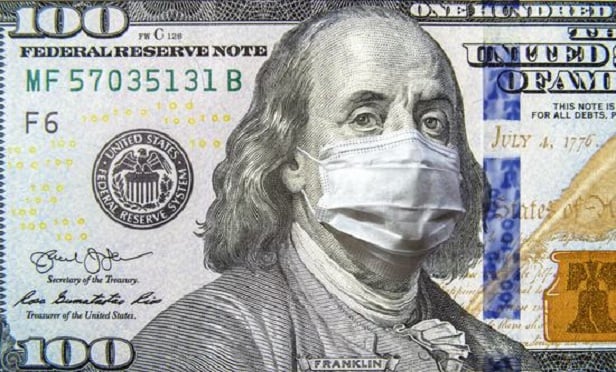 For a peril to be covered, the chance of loss must be calculable. For a pandemic, it could be based on an individual's salary or the monthly income of a business. (Photo: Viacheslav Lopatin/Shutterstock.com)
For a peril to be covered, the chance of loss must be calculable. For a pandemic, it could be based on an individual's salary or the monthly income of a business. (Photo: Viacheslav Lopatin/Shutterstock.com)
By May 2020, it was quite clear that the United States — along with the rest of the world — was deeply involved in a deadly and economically disastrous COVID-19 coronavirus pandemic, and there was little individuals or corporations could do to help themselves except to turn to governmental (state and federal) programs. But scientists and medical experts had been warning for decades that a pandemic was "overdue," yet even when word came of one beginning in China, governments did nothing.
As a co-author of "Catastrophe Claims — Insurance for Natural and Man-made Disasters," we had a brief section on pandemics, suggesting that it was primarily a life and health insurance issue. But is that all? Could it be a casualty insurance issue as well?
Recommended For You
Want to continue reading?
Become a Free PropertyCasualty360 Digital Reader
Your access to unlimited PropertyCasualty360 content isn’t changing.
Once you are an ALM digital member, you’ll receive:
- Breaking insurance news and analysis, on-site and via our newsletters and custom alerts
- Weekly Insurance Speak podcast featuring exclusive interviews with industry leaders
- Educational webcasts, white papers, and ebooks from industry thought leaders
- Critical converage of the employee benefits and financial advisory markets on our other ALM sites, BenefitsPRO and ThinkAdvisor
Already have an account? Sign In Now
© 2025 ALM Global, LLC, All Rights Reserved. Request academic re-use from www.copyright.com. All other uses, submit a request to [email protected]. For more information visit Asset & Logo Licensing.








